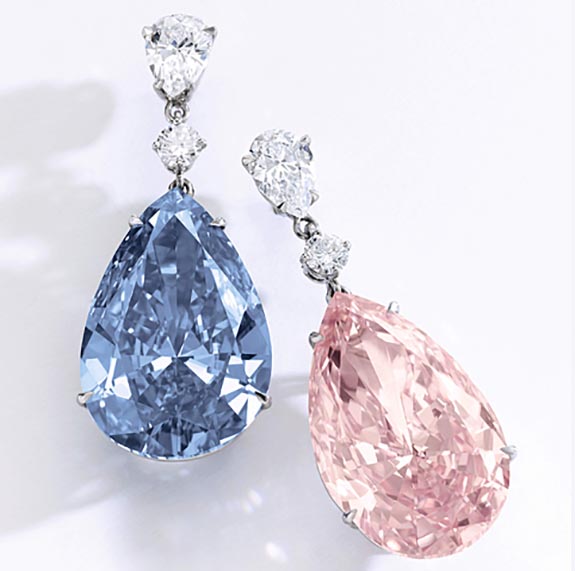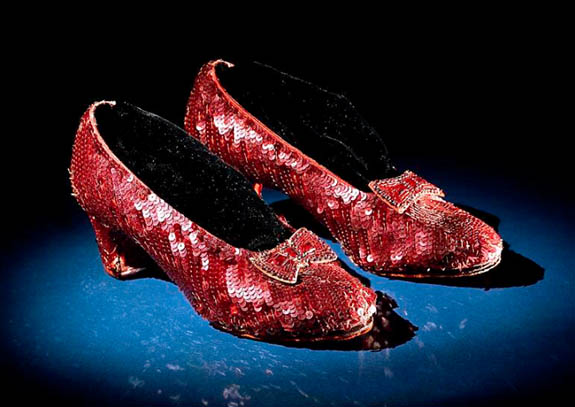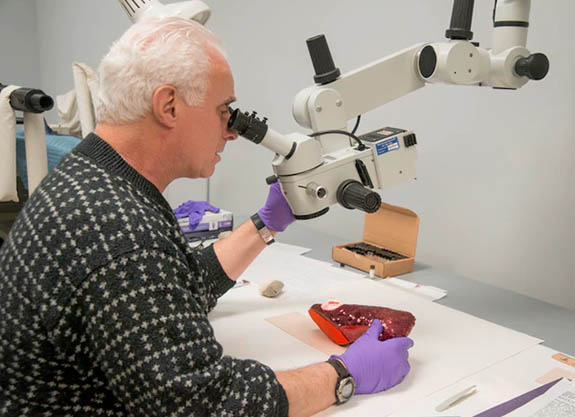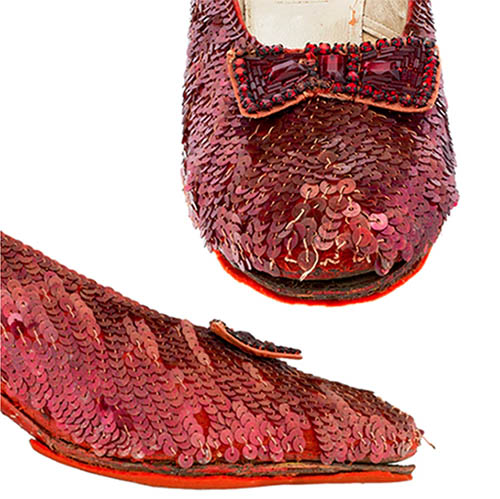Welcome to Music Friday when we bring you great songs with jewelry, gemstones or precious metals in the lyrics or title. Today, Rilo Kiley frontwoman Jenny Lewis sings about having the courage to pull the plug on a failing relationship in the 2007 release, "Silver Lining."

Penned by Lewis, the song explores the moment when our heroine breaks up with her boyfriend because she knows that — in the long run — she'll be better off without him.
She sings, "I never felt so wicked / As when I willed our love to die / and I was your silver lining as the story goes / I was your silver lining but now I'm gold."
The phrase "now I'm gold" refers to Lewis having the confidence to finally set out on her own. She is no longer defined as her boyfriend's silver lining — the glimmer of hope in his bad situation.
In the song's official video, Lewis and fellow bandmate Blake Sennett are seen exchanging vows in a church. But then, Lewis hands Sennett a gold coin and leaves him at the altar. Both child actors, Lewis and Sennett dated in real life until 2002.
"Silver Lining" is the first track on the indie rock band's fourth and final full-length album, Under the Blacklight. In retrospect, some critics believe that the song foreshadowed the band's breakup, which would take place four years later.
Both the single and the album achieved critical acclaim. Rolling Stone magazine tabbed Under the Blacklight as the 8th best album of 2007, and picked "Silver Lining" as the 27th best song that same year.
Founded in Los Angeles in 1998, Rilo Kiley was named for a mythical Australian rules football player that came to Sennett in a dream. According to a 2005 interview with syndicated radio show Loveline, Sennett dreamed he was being chased by a sports almanac. "When it got me, I leafed through it... and I came upon an Australian rules football player from the 19th century named Rilo Kiley. It's kind of embarrassing," Sennett admitted.
Please check out the official video of Rilo Kiley performing "Silver Lining." The lyrics are below if you'd like to sing along...
"Silver Lining"
Written by Jenny Lewis. Performed by Rilo Kiley.
And I'm not going back into rags or in the hole
And our bruises are coming
But we will never fold
and I was your silver lining
As the story goes
I was your silver lining but now I'm gold
Hooray hooray I'm your silver lining
Hooray hooray but now I'm gold.
And I was your silver lining
High up on my toys
Well you were running through fields of hitchhikers
As the story goes
hooray hooray I'm your silver lining
Hooray hooray but now I'm gold
Hooray hooray I'm your silver lining
Hooray hooray but now I'm gold
And the grass it was a ticking
And the sun was on the rise
I never felt so wicked
As when I willed our love to die
and I was your silver lining as the story goes
I was your silver lining but now I'm gold
Hooray hooray I'm your silver lining
Hooray hooray but now I'm gold
Hooray hooray I'm your silver lining
Hooray hooray but now I'm gold
But now I'm gold
But now I'm gold
But now I'm gold
Credit: Screen capture via YouTube.com.




